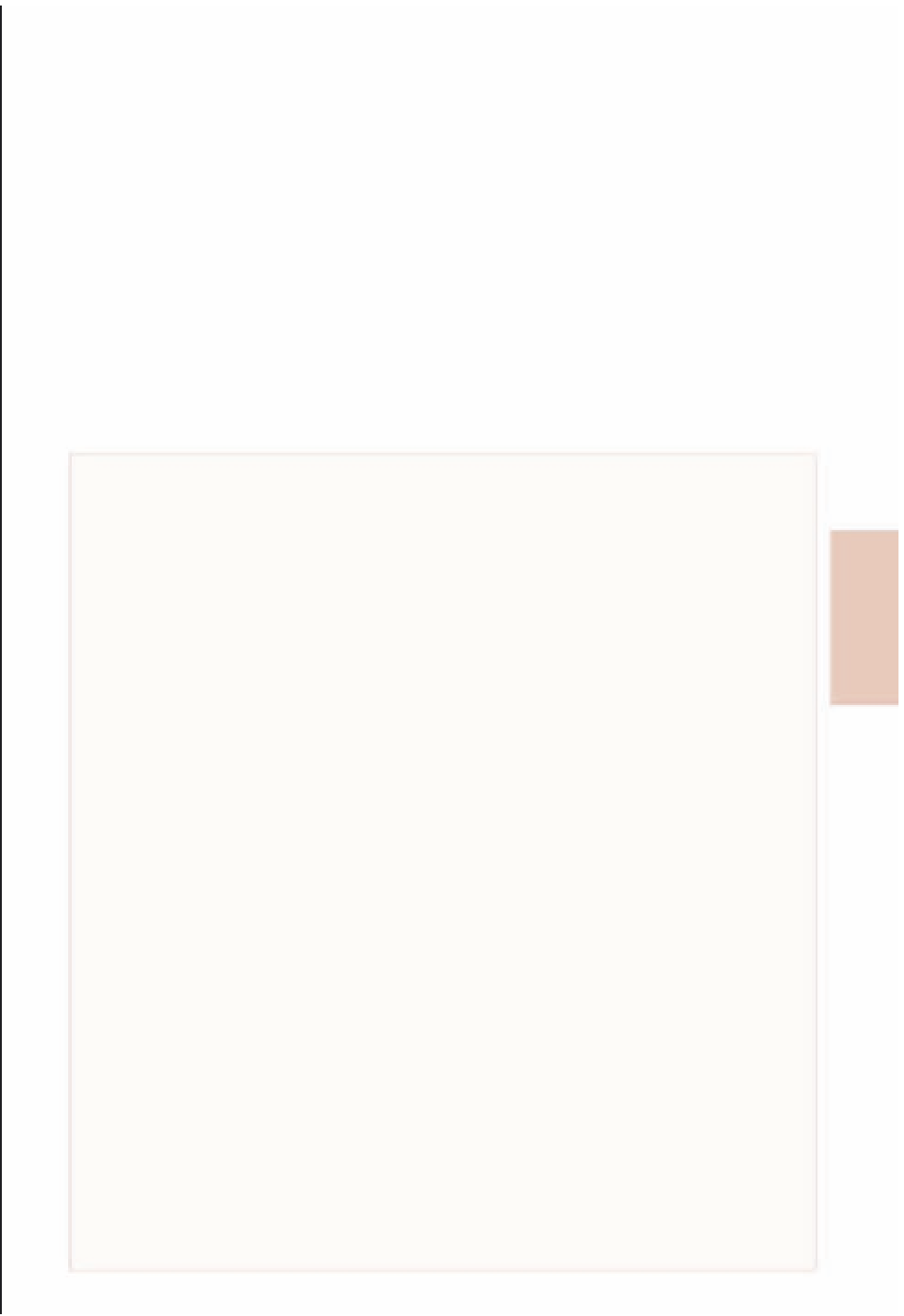Travel Reference
In-Depth Information
the adjacent mosaics of
Áyios Sérgios
and
Áyios Dhimítrios with a Deacon
, contrast well
with their contemporary on the north column, a warm and humane mosaic of the saint
with two young children.
he
crypt
(same hours; free) contains the
martyrion
of the saint - probably an
adaptation of the Roman baths in which he was imprisoned - and a whole exhibit of
beautifully carved column-capitals, labelled in Greek only and arrayed around a
seven-columned fountain and collecting basin.
Áno Póli (Upper Town)
Above Odhós Kassándhrou, the street parallel to Ayíou Dhimitríou, rises the Upper
Town or
Áno Póli
, the main surviving quarter of Ottoman Thessaloníki. Although the
streets here have long been swamped by new apartment buildings, they remain
ramshackle and atmospheric, a labyrinth of timber-framed houses and winding steps.
In the past few years many of the older houses have been bought up and restored and it
is justifiably one of the city's favourite after-dark destinations. Sections of the
fourteenth-century
Byzantine ramparts
, constructed with brick and rubble on top of
old Roman foundations, crop up all around the northern part of town.
BYZANTINE CHURCHES
Almost all the Byzantine churches in Thessaloníki are located in the central districts or on the
slopes heading up towards the Upper Town. Under the Turks most of the buildings were
converted for use as mosques, a process that obscured many of their original features and
destroyed the majority of their frescoes and mosaics. Further damage came with the 1917 fire and,
more recently, with the 1978 earthquake. Restoration seems a glacially slow process, meaning that
many sanctuaries remain locked. Nevertheless, those below are all worth a visit and free to enter.
One of the most central is the eleventh-century
Panayía Halkéon
church (daily 7.30am-
noon), a classic though rather unimaginative example of the “cross-in-square” form, nestling at
the lush southwestern corner of Platía Dhikastiríon. Its interior contains fragmentary frescoes in
the cupola and some fine icons.
Several blocks east, and tucked away just out of sight north of Egnatía, the restored,
fifth-century, three-aisled basilica of
Panayía Ahiropíitos
(daily 7am-noon & 4.30-6.30pm) is
the oldest in the city. It features arcades, monolithic columns and highly elaborate capitals - a
popular development begun under Theodosius. Only the mosaics inside the arches survive,
depicting birds, fruits and vegetation in a rich Alexandrian style.
Around Áyios Dhimítrios (see opposite) are several more churches, utterly different in feel. To
the west along Ayíou Dhimitríou is the church of
Dhódheka Apóstoli
(daily 8.30am-noon &
4-6pm), built in the twelth century with the bold Renaissance influence of Mystra. Its five
domes rise in perfect symmetry above walls of fine brickwork, while inside are glorious
fourteenth-century mosaics, among the last executed in the Byzantine empire. High up in the
arches to the south, west and north of the dome respectively are a
Nativity
, an
Entry into
Jerusalem
, a
Resurrection
and a
Transfiguration
.
A short climb up Ayías Sofías is
Ósios Dhavíd
(Mon-Sat 9am-noon & 4-6pm), a tiny
fifth-century church on Odhós Timothéou. It doesn't really fit into any architectural
progression, since the Ottomans demolished much of the building when converting it to a
mosque. However, it has arguably the finest mosaic in the city, depicting a clean-shaven Christ
Emmanuel appearing in a vision, with the four Rivers of Paradise, replete with fish, flowing
beneath and lapping the feet of the prophets Ezekiel and Habakkuk.
Farther east in Kástra, on Irodhótou, fourteenth-century
Áyios Nikólaos Orfanós
(Tues-Sun 8.30am-2.45pm) is a diminutive, much-altered basilica; the imaginative and
well-preserved frescoes inside are the most accessible and expressive in the city. It also houses
the unusual
Áyion Mandílion
, an image of Christ's head superimposed on a legendary
Turin-style veil sent to an ancient king of Anatolian Edessa. Around the apse is a wonderful
Niptir
(Christ Washing the Disciple's Feet), in which the image top right of a man riding a horse
is thought to be the painter himself.
4

































